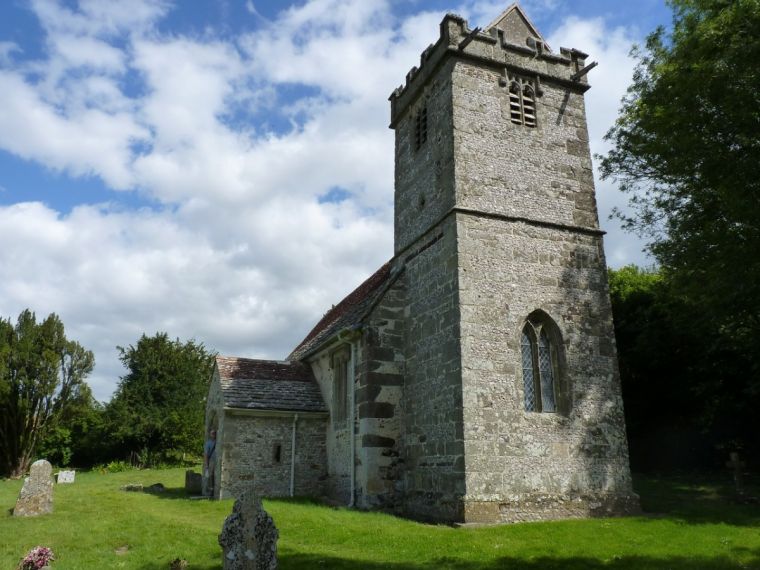Here's the BAD news about churches that are actually growing

My wife said she did not understand a word I said to her.
Ouch.
I was attempting to explain our research on 1,000 randomly chosen churches, and she had a blank look on her face. I knew what was taking place. A statistical nerd (me) was trying to share research with a normal person (my wife).
Such is the conundrum where I find myself. This research is incredibly revealing, but I often speak in such statistical terms that I cloud its import.
Allow me, then, to attempt to write with some clarity. Let me know if I have not succeeded. Here are some prefatory comments:
- In this article, I am addressing the issue of evangelism in our churches. Churches measure conversion growth in different ways. The churches in our study measure conversion growth by baptisms.
- The best way we know to measure evangelism effectiveness is the number of conversions relative to the size of the church. We often used membership as a measure of the size of the church in the past. That number unfortunately is no longer statistically relevant. Too many churches have inflated membership rolls. Some churches ignore membership altogether.
- We are now using average worship attendance as our metric for church size. We will look at the number of conversions relative to the average worship attendance of the church. For example, a church with an evangelism ratio of 19:1 is reaching one person a year with the gospel for every 19 persons in attendance. To be clear, lower ratios are better; higher ratios are worse.
- Do not compare these ratios to any ratios that have used membership as a metric for size! Any such comparisons are "apples and oranges" comparisons.
- Please read my previous articles on our research to understand its scope.
So, with the statistical nerdy language done, allow me to share five sobering realities on evangelism in our churches.
- Growing churches are growing largely by transfer growth. Most of them are not reaching people with the gospel. They are growing at the expense of other churches. The conversion ratio of all 1,000 churches is 19:1. Growing churches are only slightly better at 17:1. Their growth comes largely from other churches.
- The number of effective evangelistic churches (EEC) is surprisingly stable. We defined an EEC church as one whose conversion rate is at least 50 percent better than the average. Although very few churches are growing evangelistically, the number of such churches is pretty stable. I did a study of EEC churches in 1996. The percentage of such churches has remained in the narrow range from 6 percent to 7.5 percent. Though we don't have many evangelistic churches, the numbers have really not declined over two decades.
- Churches that are not in the EEC category are doing much worse evangelistically than in previous years. A non-evangelistic church twenty years ago typically did poorly in evangelism. A non-evangelistic church today is typically doing really, really, really poorly today. There is a widening chasm between these two groups of churches.
- Evangelism in the EEC churches is a clear priority. I'm stating the obvious here. But many churches are not doing the obvious.
- There are clear and discernible patterns of action in EEC churches. It's fascinating to see the simple consistency in evangelistic churches. We will be sharing these patterns in future articles.
I am praying God will lead our churches to an evangelism renewal. Please join me at EvangelismRenewal.com where we will be sharing details of our research and much more. You can get a free eBook by me on evangelism renewal when you sign up
May God send an incredible evangelism renewal to our churches.
And may it begin in me.
Originally posted at thomrainer.com











